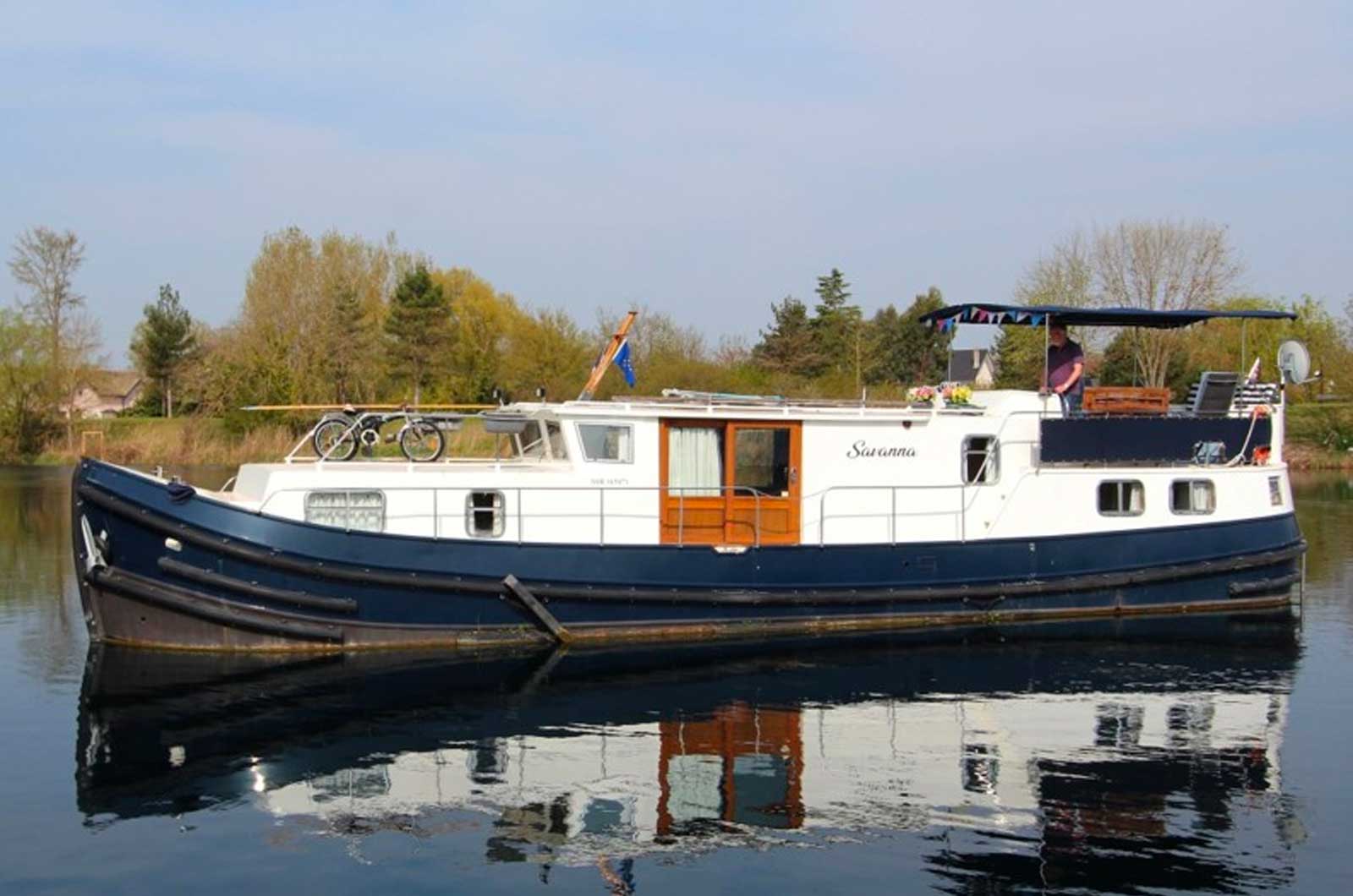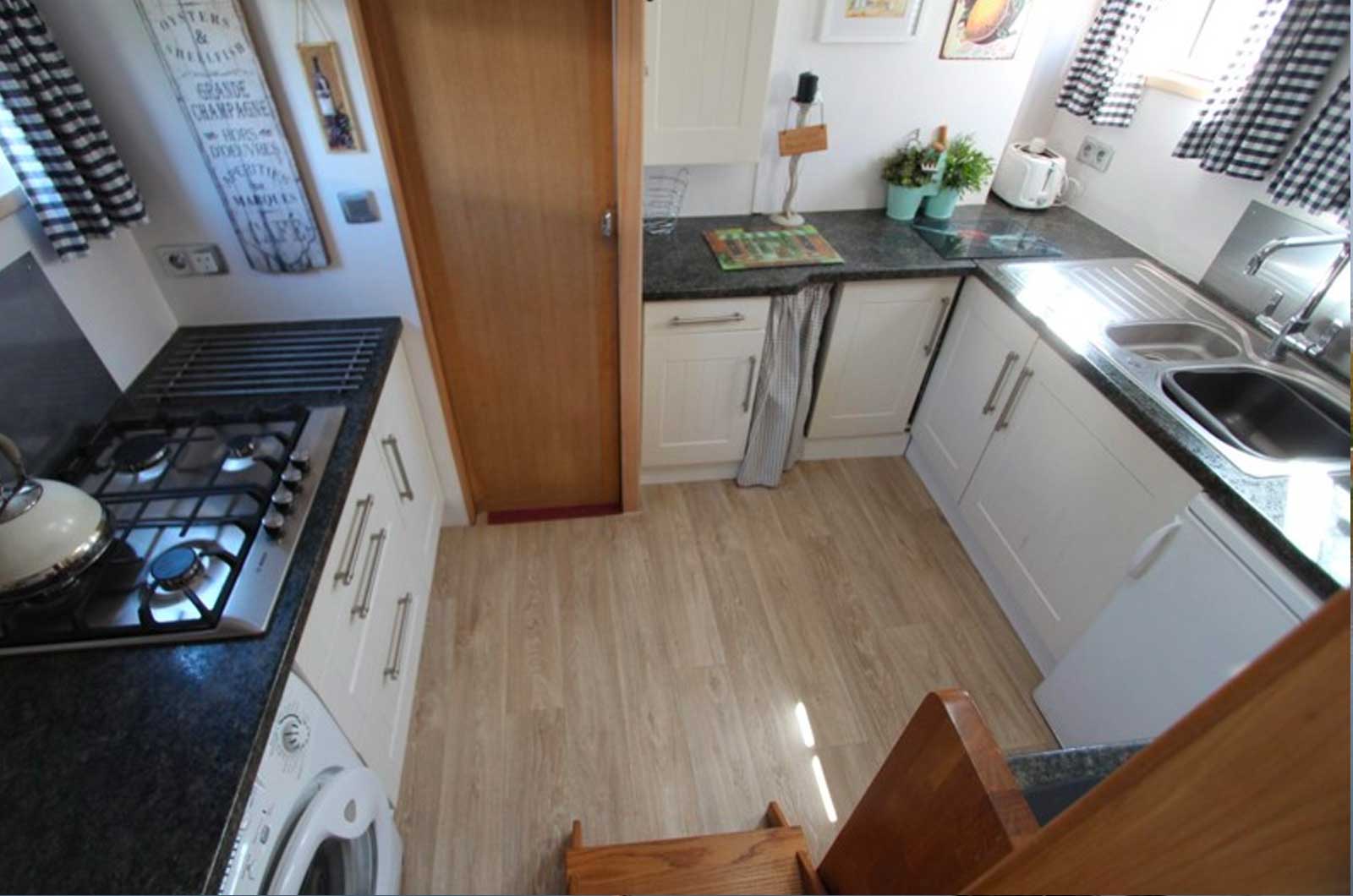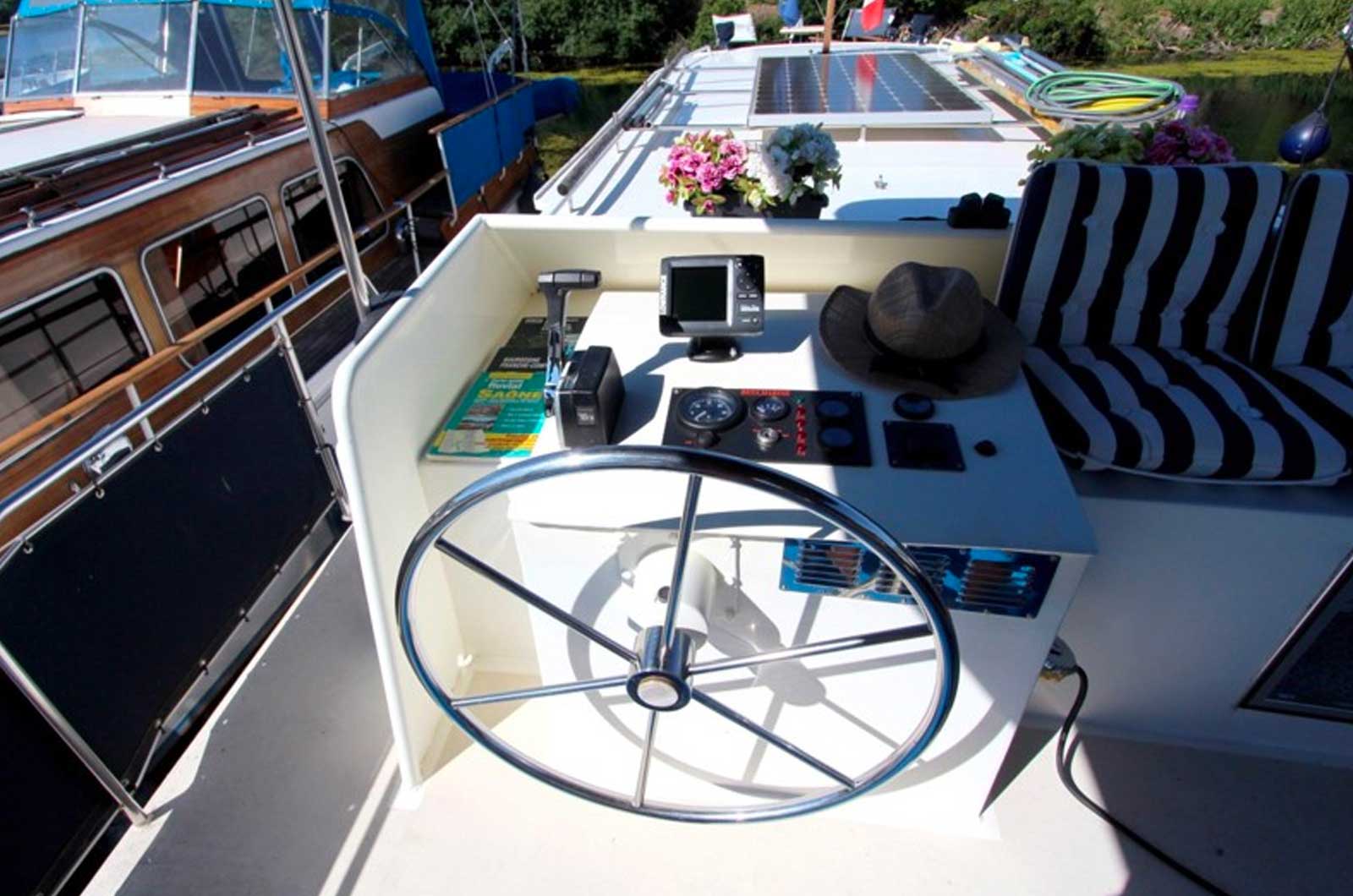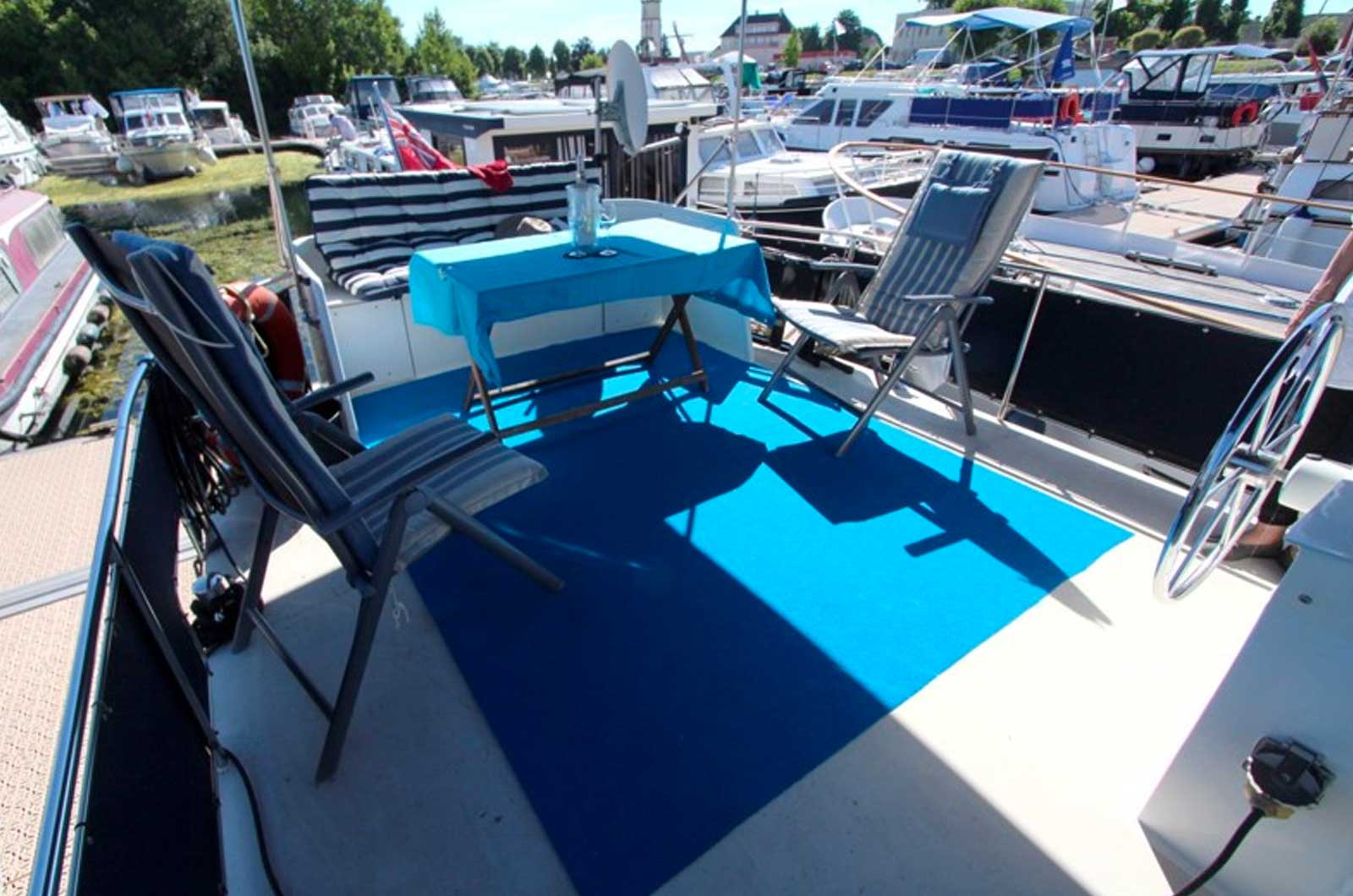Cruising the Canals & Rivers of France
Bonjour, and welcome to the canals and rivers of France. Cruising these magical and picturesque waterways are breathtaking.
Over six thousand kilometres of canals and rivers in France stretch from the northwest and the English Channel through to southern France and the Mediterranean. Brittany also has waterways to the west, plus rivers and canals to the north and east into Germany, Belgium and beyond.
Cruising in France can take you through the most beautiful scenery, from mountain regions to the sea. You will meander through enchanting villages, towns and cities - all in your floating apartment, of course, with an engine to move you around. Moor up to a tranquil bank, quayside or town centre, and stay as long as you like. Visit local markets and enjoy the regional delicacies. It is not like being at sea, as there are no tides, rough weather or vast depths.
Boating through France
The Imardex Team and some of its members have had many years of experience cruising and living in France and have compiled a few notes with suggestions for the type and size of boat considered suitable.
The maximum size of a boat that can cruise the canals is 38 metres in length and up to 5 metres in width. Most vessels of this size are ex-commercial barges converted into private cruising homes or luxury hotel boats. Commercial trade on canals was once a thriving business - but not anymore; many of these barges have been scrapped.
Careful Planning
First of all, the canals in France need careful planning when deciding on a route. Some issues may affect your decision-making as outlined below, but once overcome, you will be able to enjoy these beautiful waterways.
VNF - (Voies navigables de France)
VNF is the company that looks after and maintains the canals and is the company that takes your money for the licence to cruise the canals & rivers of France. Navigation on some Canals in France is becoming difficult due to blockages caused by various species of pondweed, insufficient water levels, and, in some cases, inadequate maintenance.
Important Checks
It is essential to check ahead by any means possible, including fellow boaters, VNF contacts for that area, the DBA (Dutch Barge Association), and local boat hire companies. Ensure that all contact information, including phone numbers and email addresses, is included on your cruising plan.
Air Draft -The air draft on the canals (water level to the underside of the bridge) is generally around 3 metres, down to 2.7 on the Midi and Nivernais.
Bridge or tunnel design - i.e., the internal slope at the sides of the bridge, such as Capestang on the Midi, can be detrimental to the width of the superstructure.
Depth of Water - Generally around 1.5 metres, on the Nivernais 1.0 metres. The Bourgogne has a reduced water level of 1.2 metres.
Depth of Water
The depth of water in the canals has decreased due to a lack of rain, which has also affected the ability of the canal reservoirs to fill. Additionally, the canal reservoirs supply fresh water to the surrounding towns and irrigation to farmers. As a result, the canals are now mainly used for leisure, making them last on the list for water allocation, and are creating depth problems throughout the canal system; in some canals, depths are as low as 1.2 metres or have been closed.
Regarding the information above, we have attempted to be as accurate as possible; however, it is subject to frequent changes. Please verify with the relevant authorities to confirm that your route is navigable
Team Imardex-Marine
Running Cost
The maintenance and running costs for boats increase with length, and there are other regulations to meet once over 20 metres, such as European Driving Licence and VHF/IAS radio systems. Also, vessels over 20 metres must be regularly surveyed, usually in a dry dock. Dry docks in France are few and far between. Smaller vessels can be lifted by the local boatyard crane or specialised trailer. In the canals, a draught of 1.2 metres maximum is advisable, and air height from the water level is no more than 3.5 metres (for the Canal du Midi and Nivernais, this is reduced to 3.0 metres).
The perfect size
A perfect size boat is just under 15 metres, at this length the regulations are minimal, with easy access to moorings in smaller marinas and town quays. There are many barge-style boats, motor cruisers and ex-hire boats for sale at this length.
If you are looking for a bigger boat, a good size for a converted cruising barge/home is 20-25 metres, giving considerable space and not too large for the smaller canals.
We have selected an advert for a Continental Barge - ‘Savanna' that was for sale (now sold) at the H2O Brokerage in France, it is 14.9m long and ticks all the boxes for your apartment in France, follow the link to H2O Brokerage - www.h2o-bateau.fr
Are you competent in driving a boat?
Boat rental companies give inexperienced charterers approximately 20 minutes of operational instruction before departure; no licence is necessary. As a private leisure boat owner, you will require completion of a boat handling course undertaken by a recognised authority that will supply you with a certificate of competence for your size of craft. Cruising the waterways is generally calm and relaxing.
Cruising periods
Do you want to be living aboard permanently, or just in the summertime? If living on board in the winter, consideration should be given to heating systems and the type of boat, i.e. most steel boats of recent construction are insulated. Because of their minimal insulation, ex-hire boats are ideally suited to summer cruising.
Layout
We consider the minimum accommodation layout, to be a master cabin plus en-suite toilet and shower. At the other end of the boat, a guest cabin with a WC ex-hire boats can have 3 to 4 double cabins, often small, which can be a noise problem from the bedrooms, particularly from snorers.
Engine(s)
Some motor cruisers have twin engines. It is unnecessary to have twin engines on the waterways; firstly, the shape of some canal banks is detrimental to the twin screw design, and secondly the extra maintenance and the space a second engine takes up. A naturally aspirated engine (no Turbo) is ideal for around 75 - 120 horsepower on a 15m boat. Hire boats tend to have 50 hp engines, but built mainly of GRP, they are much lighter than steel vessels.
Bowthruster
A Bowthruster is undoubtedly worth having; it can be hydraulically or electrically (12 or 24-volt) driven.
Galley Layout
The size and layout of the kitchen on a boat are most important, as, in smaller cruisers, it can be a short run opposite a dinette with hardly any room, a sink, a hob and a little bit of workspace. If you want to reinvent your cooking skills using all the local produce, look carefully at the galley.
Look at the kitchen in the Continental Barge advert on H2O Brokerage; it's huge and even has a washing machine.
Steering Position
The boats of the motor cruiser design can have two steering positions (helms). There can be one inside helm, generally only used when it's raining, but a single-wheel design on the upper deck is perfect, especially if it is an after-cabin design. The helm is on top of the cabin, giving all round vision.
Upper deck free space
Having outside entertainment and a place to relax on your boat is essential. Summer evening sundowners with friends and guests is what it is all about, and space to carry bikes and kayaks.
Look at the Continental Barge's outside spaces; this boat has a large entertaining area aft and another above the main bedroom, plus built-in seating; this is amazing on a boat of 14.9m. The steering position is ideal with 360-degree vision.
Black Water Tank
The black water tank is a holding tank for the boat's toilet waste, and all boats should have one that can pump out at specific locations along the waterways. It is not often used in France as there are virtually no facilities ashore to pump out. Suppose your cruising programme takes you into Belgium, Germany and beyond. In that case, it is necessary to have this tank ready, as you may get a visit and inspection to check the system is connected and working.
VNF
All waterways in France are maintained and controlled by the VNF (Voies navigables de France). a "Vignette" is required to cover the maintenance costs; this is a licence to use all the locks and facilities along the waterways. This Vignette for a 15m boat is around 450 Euros, which lasts for a year, discounted if you buy before the end of March. You can buy the Vignette for one day to weekly or monthly.
The Carte
The carte is an excellent navigational publication showing the rivers and canals, any dangers, the location of marinas and places to tie up to. It shows the depths and location of locks and hazards, generally covering a region. Some regional versions will show the distance and cruising time from one major town to the next, which is very handy when planning a long cruise. Several companies produce cartes, and you can buy them at the local chandlery.
Buying a boat
There are several ways of buying a boat in France; for instance, H2O Brokerage, based at Saint Jean de Losne near Dijon, have a sales pontoon with many boats for sale, plus others in various locations around France. There is also Appollo Duck and the Yacht Market, to name but a couple of others. Le Boat, primarily a boat rental company with several outlets around Europe, sells its hire boats after a few years of service.
An excellent way to see boats for sale is to spend time in France wandering around the various boatyards and marinas. In the long run, it is worth your while to do this and visit the boat hire companies; why not rent for a week to get the feel of driving on the rivers and canals.
The buying process
Generally, a refundable deposit is required. The buyer must pay for a surveyor for a full or a bottom survey if the buyer requests it. If the survey is ok, the 'Bill of Sale’ is completed, money is transferred, and all parties sign the paperwork.
The Gendarme Fluvial (river police)
Whilst cruising, you may experience a small boat heading towards you with two or three police officers aboard and blue light flashing. We suggest you help them tie up to your boat and welcome them aboard to inspect your paperwork, lifejackets, and fire extinguishers. They are looking for your ownership paperwork, your VNF licence, and something to say you are qualified to drive the boat. Lifejackets to be inspected to check the CO2 cylinders are in date. Fire extinguishers checked that they are in date.
If your fire extinguishers are outdated, they will issue you a note to take to the local boatyard to buy a new extinguisher or CO2 cylinder. In the boatyard shop, join the queue, buy a new extinguisher and ask them to send an email to the police telling them about the sale and to cross you off their list.
Boat Insurance
To insure your newly acquired asset, many companies in France and your home country will do this for you.
Further Information
If you would like any more information from the French team, you are very welcome to send an email to This email address is being protected from spambots. You need JavaScript enabled to view it..
Survey & Condition Report
Surveyors in France and England will travel to survey your prospective purchase. We have found the French surveyors to be very busy and sometimes unable to speak English. If you prefer, we can organise an English surveyor; don't hesitate to contact us at This email address is being protected from spambots. You need JavaScript enabled to view it. for further details.
We hope that the above will help you buy your dream boat in France.
Good luck.
Team Imardex Marine
All comments are welcome or should you have any additional items you would like included, please address them to This email address is being protected from spambots. You need JavaScript enabled to view it.





